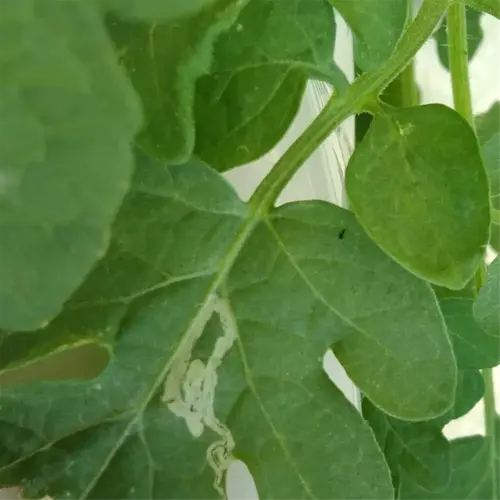Can I reuse soil after root rot?

Written by
Tina Carter
Reviewed by
Prof. Charles Hartman, Ph.D.After dealing with root rot, reusing soil can be a gamble. Fungal spores can remain dormant and viable for many years before finding a new host (i.e. your new plant!). I learned the hard way when I lost three snake plants to contaminated soil--not fun. While a fresh batch of soil is the best option, a method of last resort if you are desperate, is sterilizing the soil.
Why Discard Contaminated Soil
- Fungal spores survive up to 7 years in untreated soil
- Cross-contamination risks infect other plants
- Nutrient depletion worsens plant recovery chances
Emergency Sterilization Steps
- Bake soil at 200°F (93°C) for 30 minutes
- Solarize in sealed black bags for 6 summer weeks
- Mix 1:10 bleach solution for chemical treatment (rinse thoroughly)
Post-Sterilization Adjustments
- Add 30% perlite/pumice for drainage
- Test pH monthly, aim for 6.0-7.0 range
- Rotate sterilized soil annually to prevent pathogen buildup
Sterilized dirt requires restoring to its original state. After I baked the old dirt from my aloe, I added orchid bark and worm castings, and I was successful until aphids invaded six months later. Replacing the dirt full-time for high-value plants. A $10 savings is not worth a $50 fiddle leaf fig.
Drainage is critical. Combine two parts of sterilized soil with 1 part of coarse sand. My rescued monstera flourished in this mixture, but I still check the roots quarterly. Contaminated soil can hide dormant pathogens, and remaining vigilant can prevent me from making that mistake again. If in doubt, start over.
Read the full article: How to Treat Root Rot: 7 Essential Steps to Save Your Plants

